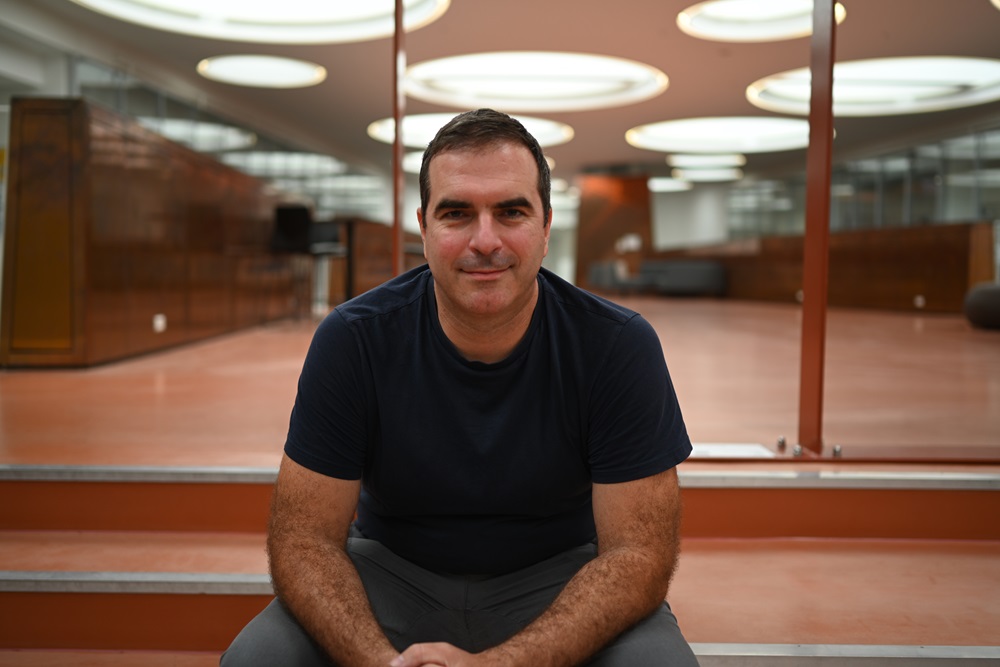
SDU Researchers to Develop Robots to Assist Nurses
There is an urgent shortage of nurses in several parts of Europe, and a new project led by the University of Southern Denmark aims to address this issue. The eight partners, in total, have received a grant of over 12 million to build and test a range of new hospital robots. These robots are intended to take over some of the mundane tasks currently performed by healthcare professionals, allowing them to dedicate more time to patient care and treatment.
Every single day, things go missing in hospitals. Perhaps a patient forgets a bag in a waiting room, or someone borrows a wheelchair from the lobby and forgets to return it. This is just one of the mundane tasks that robots could effectively handle, and that's precisely what the research project "HospiBot" is about: developing a range of versatile assistant robots for the busy healthcare sector.
- It could also involve tasks like receiving patients and guiding them to the right place in the hospital. It could encompass small-scale logistics, perhaps some light cleaning, and patrolling the corridors, explains Oskar Palinko, an associate professor in robot technology at the University of Southern Denmark (SDU) and coordinator of the HospiBot project.

The professor, along with a team of eight partners, including three Danish hospitals and two in Germany, has just received a grant of over 1.6 million euros – or 12.5 million Danish kroner – from the EU-funded Interreg program. Over the next three years, they will develop and test new hospital robots.
The goal is for these robots to relieve nurses and other healthcare professionals, enabling them to spend more time in patient care.
- It's evident that there is a shortage of nurses, and we want to address that. But fundamentally, there's no reason for skilled and highly educated healthcare professionals to spend their time transporting items, cleaning the floor, or searching for a missing wheelchair, says Oskar Palinko.
Smaller and More Flexible
These robots build on the experience gained from a previous SDU project, HandiRob, and will consist of a mobile base to which various modules can be attached, depending on the task at hand.
Initially, the researchers, in collaboration with the participating hospitals in Køge, Odense, Aabenraa, Lübeck, and Kiel, will select three specific tasks. They will then continuously test the technology in real hospital environments.
- Our robot will be smaller and more flexible than existing service robots. They need to be able to operate in very confined spaces, even when it's busy with many people around them, explains Oskar Palinko.
- Additionally, the team will address the legislative aspects. There are no laws governing service robots in the German-Danish region, which hinders the widespread adoption of the technology in hospitals. The researchers aim to make it more straightforward in the future.
The Human Touch
The researchers will need to solve various technical challenges, including making the robots function well in noisy and hectic environments. However, the project's most significant challenge lies in human interaction, says the project coordinator.
- We need to create a robot that looks friendly, a robot that people enjoy interacting with, and one that genuinely helps them in their daily lives. It's entirely possible to develop the perfect technical engineering solution, but if people don't use it, it'll just end up in a corner, and it will be a flop, Oskar Palinko explains.
Therefore, the researchers will rely on field observations to continually refine their solutions. They will also draw from various other research fields, including psychology and cognitive science, as well as the experiences of the individuals who will actually use the robots.
- The challenge lies in developing the robots to have that "human touch." That's what they will be working on.
Facts
- HospiBot is a collaboration between the University of Southern Denmark (SDU), University of Lübeck (UZL), University of Applied Sciences Kiel (FHK), Fraunhofer IMTE, Hospital Sønderjylland in Aabenraa, Zealand University Hospital in Køge, Odense University Hospital, and University Medical Center Schleswig-Holstein.
- There are also four network partners: the Odense-based robot company Blue Ocean Robotics, the German product and software developer UXMA, the medical clinic BG Klinikum in Hamburg, and the software development company assono from Kiel.
-
The project is supported by Interreg Deutschland-Danmark with a grant of 1,684,919.75 euros. The total budget for the project is 2,592,184.24 euros.
-
Oskar Palinko, an associate professor in robot technology and human-robot interaction at the University of Southern Denmark, serves as the project coordinator.
-
The project runs from September 1, 2023, to August 31, 2026.